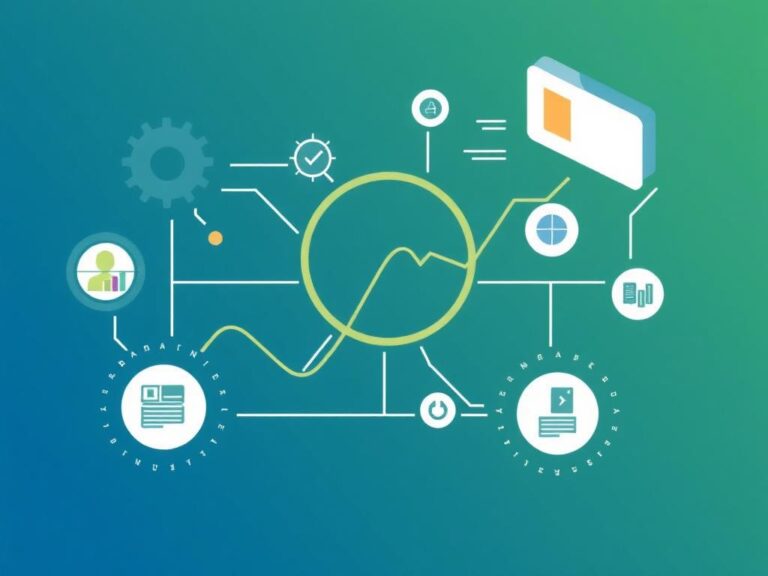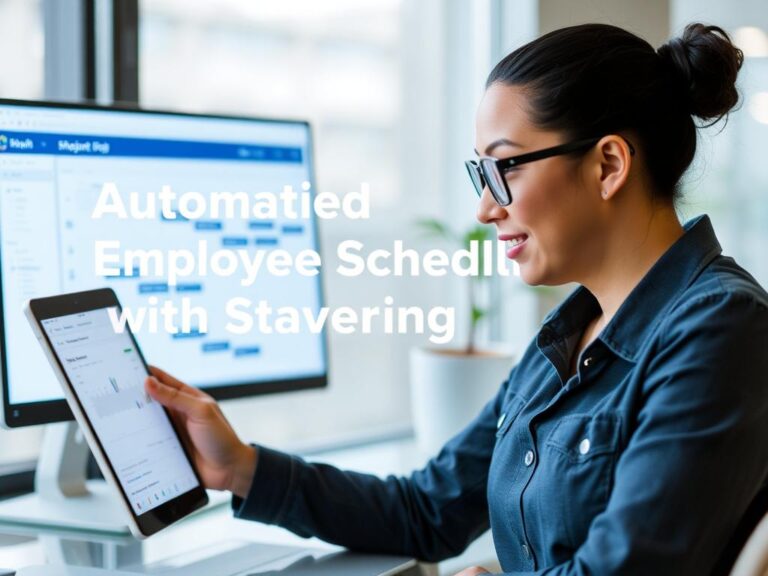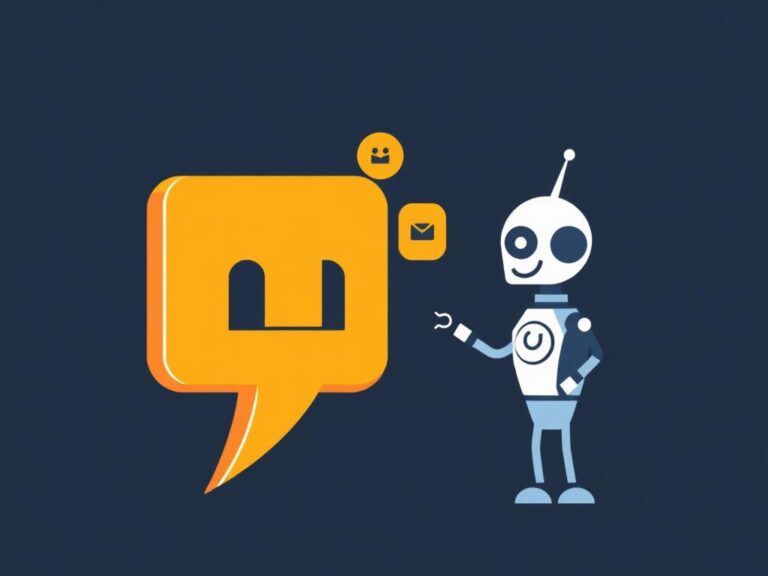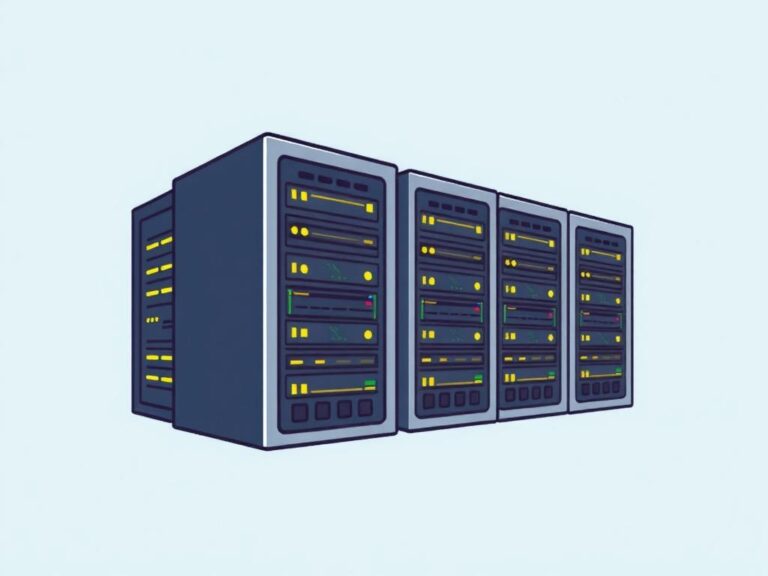How to Choose the Right Staffing Management Software: A Complete Guide
Every business with a growing workforce knows the challenge of keeping staffing organized, efficient, and adaptable. Whether you run a small firm or a large enterprise, choosing the right staffing management software can transform your operations. But with so many options available, how do you pick the best one that fits your needs? In this article, we’ll break down the essentials of selecting the perfect staffing management software to streamline hiring, scheduling, time tracking, and more—all while keeping your budget in mind.
Understanding What Staffing Management Software Really Does
Before diving into the choices, it’s important to understand what staffing management software is and how it supports your business. At its core, this type of software automates and simplifies the process of managing staff—from recruitment and onboarding to scheduling shifts and monitoring performance. By integrating these functions, businesses can save time, reduce errors, and improve communication.
Staffing management software often includes features like:
- Applicant tracking systems
- Shift scheduling tools
- Time and attendance monitoring
- Payroll integration
- Employee performance tracking
Knowing what your company needs—whether it’s better shift management or streamlined recruitment—helps narrow down your choices.
Key Features to Look For in Staffing Management Software
When evaluating various options, it’s essential to focus on features that match your business size and goals. Here’s a list of must-have components to keep an eye on:
| Feature | Why It Matters |
|---|---|
| Applicant Tracking System (ATS) | Simplifies recruiting by organizing candidates and speeding up the hiring process |
| Shift Scheduling | Makes creating and changing work schedules effortless, preventing conflicts |
| Time & Attendance Tracking | Accurately logs employee hours to aid payroll accuracy and reduce time theft |
| Payroll Integration | Connects staffing data to pay systems, minimizing manual errors and ensuring timely compensation |
| Mobile Accessibility | Enables managers and employees to access schedules and update availability on-the-go |
| Reporting & Analytics | Provides insights into labor costs, employee productivity, and scheduling effectiveness |
Consider which of these are critical to your workflow. The right staffing management software will align well with your operational needs while offering scalability as your business grows.
How to Evaluate User-Friendliness and Customer Support
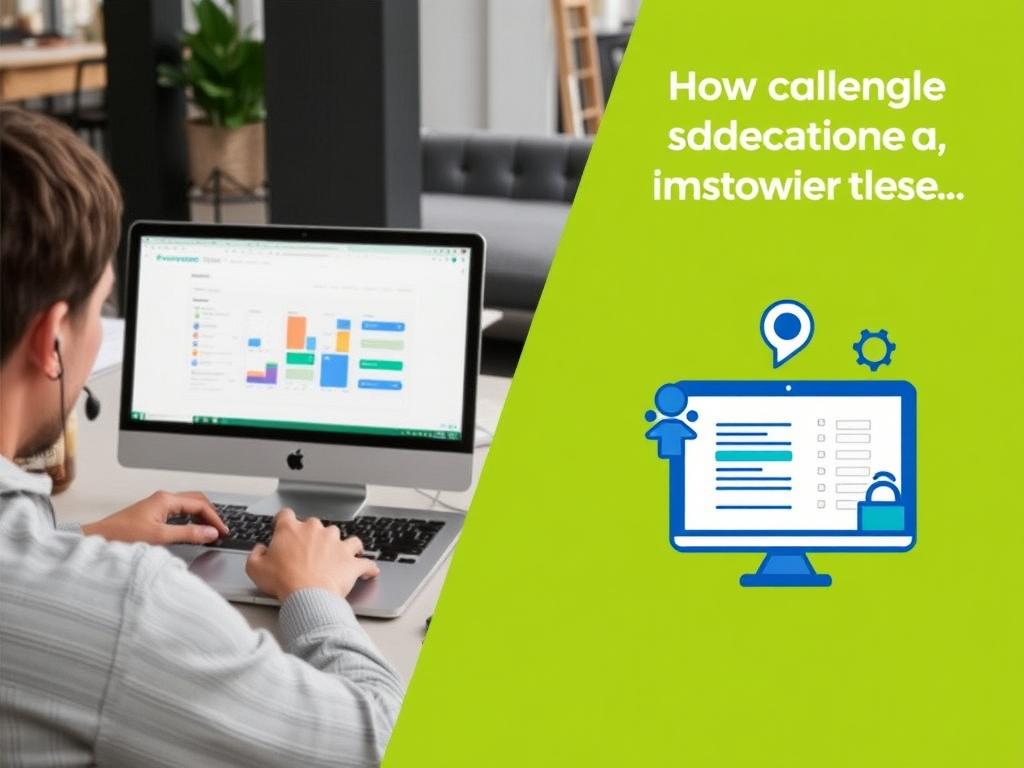
Even the most feature-rich staffing management software loses its value if it’s too complicated or unsupported. User-friendliness plays a huge role in adoption among your HR team and employees. Look for software that offers:
- An intuitive dashboard with clear navigation
- Easy setup and customizable options
- Accessible training resources like video tutorials and guides
Equally important is customer support. Reliable support ensures you’re not left in the lurch when issues arise. Check for:
- 24/7 support availability
- Multiple contact options (phone, chat, email)
- Positive reviews regarding responsiveness and problem-solving
Many software providers offer free trials or demos—take advantage of these to test the user experience before committing.
Pricing Models: What to Expect and How to Choose Wisely
Budget often guides the final decision when selecting staffing management software, but it’s important not to let cost alone dictate your choice. Pricing models typically come in these forms:
- Subscription-based: Monthly or annual fees based on number of users or employees managed.
- Per-user licensing: Charges depend on how many people use the software regularly.
- One-time purchase: A single payment for software ownership, often suitable for on-premise setups.
- Freemium: Basic features offered free with options to upgrade for premium capabilities.
When comparing prices, make a list of essential features and check what each pricing tier includes. Sometimes paying a bit more for comprehensive features or better support adds more value in the long run.
The Role of Integration in Staffing Management Software
Your staffing software won’t operate in isolation. For maximum efficiency, it needs to work seamlessly with other systems your business uses, especially payroll, HR, and communication platforms. Integration minimizes duplicated work and ensures consistency across teams.
Here are common integrations to look for:
- Payroll systems like QuickBooks or ADP
- HR management platforms such as BambooHR or Workday
- Communication tools like Slack or Microsoft Teams
- Accounting software
Before choosing any solution, verify its integration capabilities and check how smoothly it connects. A software that plays well with your existing tools will simplify workflows and reduce technical headaches.
Security and Compliance: Protecting Your Workforce Data

Staffing management software handles sensitive employee information. This makes security a non-negotiable criterion. Look for providers who prioritize data protection through:
- Encryption of stored and transmitted data
- Regular security audits and compliance certifications (e.g., GDPR, HIPAA if relevant)
- Role-based access controls to limit who can view or edit certain information
Compliance with labor laws and regulations also matters. The software should accommodate local and national labor standards, such as mandatory break times or overtime rules, ensuring you stay on the right side of legislation.
Steps to Choose the Right Staffing Management Software for Your Business
Choosing the best staffing management software doesn’t have to be overwhelming. Follow these practical steps to make an informed decision:
- Assess your current staffing challenges and goals. Define what you need the software to solve.
- Research various software options. Use reviews, demos, and industry recommendations.
- List your must-have features and nice-to-have extras. Create a checklist for comparison.
- Evaluate user experiences. Try free trials and gather feedback from your HR team.
- Compare pricing plans carefully. Consider both upfront and long-term costs.
- Check integration capabilities. Make sure the software works with your current tools.
- Verify security standards and compliance. Look for certifications and data protection policies.
- Make your decision and plan the implementation. Include training and support to help your team adapt.
Popular Staffing Management Software Solutions to Explore
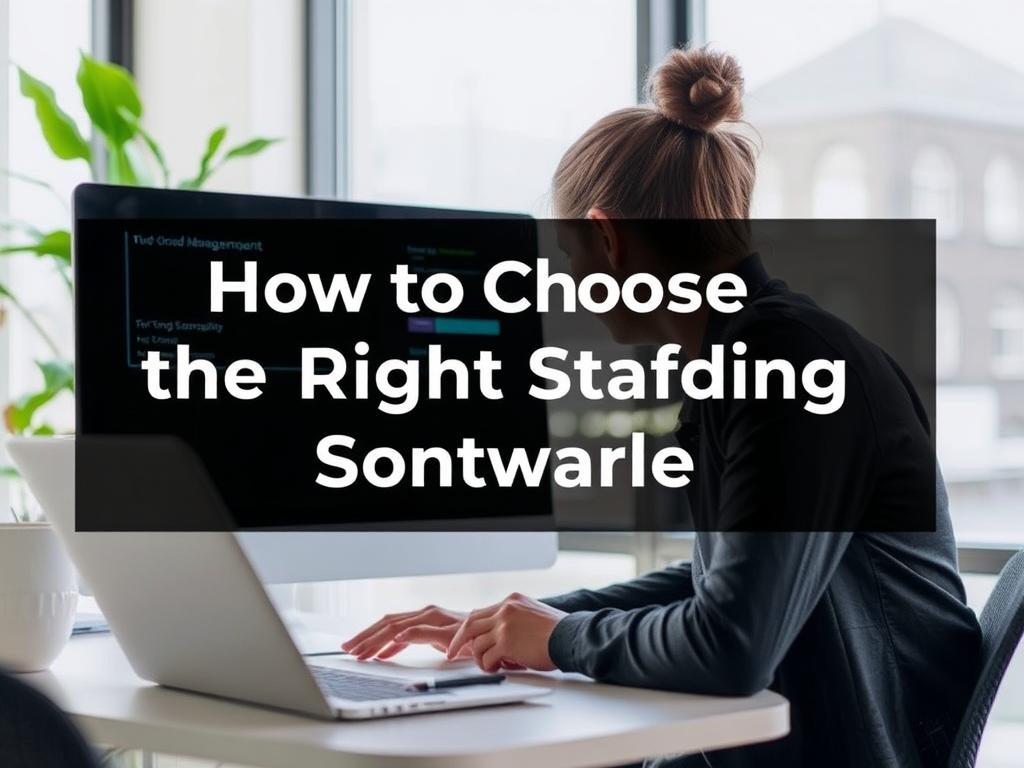
To get started, here’s a quick snapshot of some widely-used staffing management software options and what they emphasize:
| Software | Best For | Key Features | Pricing Model |
|---|---|---|---|
| Workday | Large enterprises | Comprehensive HR, payroll, and staffing | Subscription-based |
| BambooHR | Small to mid-sized businesses | Employee records, applicant tracking, reporting | Subscription-based; custom quotes |
| Deputy | Shift-based businesses | Scheduling, time tracking, payroll integration | Per-user subscription |
| Zoho People | Small businesses looking for affordable solutions | Attendance, leave management, time tracking | Freemium with paid upgrades |
This is not an exhaustive list, but it should give you a solid starting point to explore how staffing management software aligns with your company’s goals.
Conclusion
Choosing the right staffing management software is a strategic move that can greatly improve your workforce management, increase efficiency, and reduce administrative stress. By understanding your unique needs, focusing on important features like applicant tracking and shift scheduling, considering integration and security, and carefully weighing pricing models, you’ll be set up for success. Remember to take advantage of free trials, listen to user feedback, and choose a solution that feels intuitive for your team. Investing the time in a thoughtful selection today will pay off with smoother staffing operations tomorrow.

